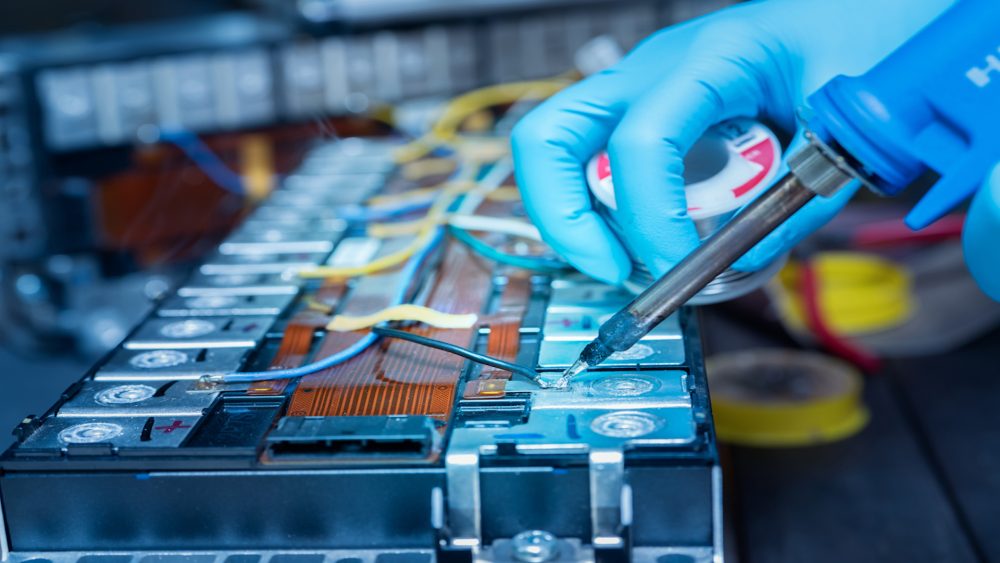The smaller electronics and gadgets have become, the more compact their inner workings have needed to adjust. Two such features that have become vital in this move toward miniaturization are thin film and printed batteries, which, according to MarketsandMarkets™, is expected to grow from $187 million in 2023 to $650 million in 2028. This is a CAGR of 28.2 percent.
Thin film and printed batteries are thinner, more flexible and more lightweight than traditional batteries. These attributes make them desirable for wearable and implanted biotechnology, where consumer comfort and mobility are crucial. This makes them the most suited for medical devices that need reliable power sources.
These types of batteries also have a higher energy density and last longer than traditional batteries. Thin film and printed batteries offer a physical flexibility that costlier secondary batteries do not, all while ensuring a long life cycle, low cost, and safety. Thin film batteries currently on the market include flexible alkaline batteries, plastic batteries, polymer lithium-metal batteries and thin film lithium-ion batteries. Of these, thin film lithium-ion batteries are the most widely used.
There are currently developments in the thin film and printed battery sector. Battery researchers are aiming to develop the next generation of thin film and printed lithium-air batteries that are thinner, stretchable and even more lightweight than current batteries. Thin film and printed lithium-air batteries are also more durable than lithium-ion and zinc-based batteries. They are also projected to hold ten times more energy than commercial lithium-ion cells.















